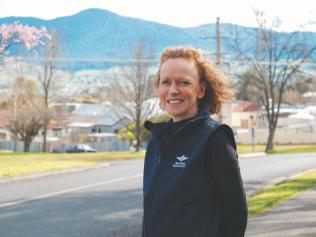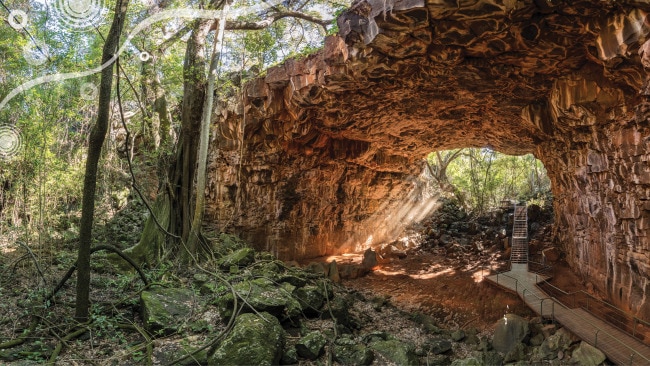Is there a doctor in the country?
THE RFDS’ Rural Women’s GP Service is giving communities an important choice in health care.

THE RFDS’ Rural Women’s GP Service is giving communities an important choice in health care.
For the past eight years, Dr Mary-Anne Lancaster has made the almost six-hour journey from Melbourne to the small Victorian township of Corryong, in the state’s far northeast, every six weeks.
The surrounding picturesque landscape famously gave rise to The Man from Snowy River and is the gateway to the Thredbo ski fields, but it’s also a community of mostly farmers whose fortunes rise and fall with the climate.
In fact, Corryong incomes sit in the bottom 15 per cent in Australia’s economy, and it’s one of the reasons why the RFDS’ Rural Women’s GP Service is so vital.
The fully bulk-billed health service is open to all patients, regardless of gender.
“This is about providing choice. I think every person has a right to choose and if a town has only one or two GPs and they’re males, their choice is taken away,” Dr Lancaster explains.
“Patients in rural areas tend to not bother about the little stuff and, in some ways, that works against them. In some of the cases I’ve seen, the women especially are stoic and put up with things much longer than they should.”
Lancaster says access to affordable medical care was critical during the region’s last drought several years ago.
“Things were desperate. There were a number of suicides and people would walk away from their farms because it was easier than trying to find a way to afford to stay,” she says.
“I did a lot of counselling, treating depression and anxiety. Sometimes the men would be dragged in reluctantly by their wives, but then eventually prefer to see me because we had developed a rapport.”
Although those severe drought conditions recently abated, mental health issues continue to make up a significant component of Lancaster’s work in Corryong, which is also serviced by two resident male GPs.
“I think the women like to see me because they know I will be leaving in a few days’ time and they are not going to meet me at the local supermarket,” she says. “It creates the opportunity for them to talk to me about anything.
“It’s those cases that are the most rewarding, where they’ve come to me in a real crisis and I think I’ve played a role in helping them recover.”
Health services manager for RFDS Victoria Cassie Moore agrees patients living in remote communities highly value the anonymity offered by a visiting GP service.
“Sometimes in small towns, it’s important to have that ability to know you can share things with the doctor and it leaves with her,” she says.
“The patients still feel comfortable seeing the service’s GPs because they’re familiar with them coming to town every six to eight weeks, but they also know they won’t regularly see them down the street.”
Six doctors now work with the Rural Women’s GP Service, with plans to expand the program into more areas in the next 12 months. For Lancaster, the demand for her expertise is never more apparent than when she first begins working in a town.
“Every time I’ve gone into a new area that hasn’t had a female GP for years and years, the stuff that I see is unbelievable,” she says.
“There are women with advanced gynaecological issues that should have been treated years earlier.”
Lancaster is one of the longest-serving medical professionals in the RFDS’ Rural Women’s GP Service, which has been running for almost 20 years.
“My parents grew up in the country, so I’ve always felt an affinity to it even though I am Melbourne born and bred,” she says.
“This service was a chance to put back into areas of medicine that were obviously in need, and female GPs in country areas are in great need.”
Originally published as Is there a doctor in the country?


